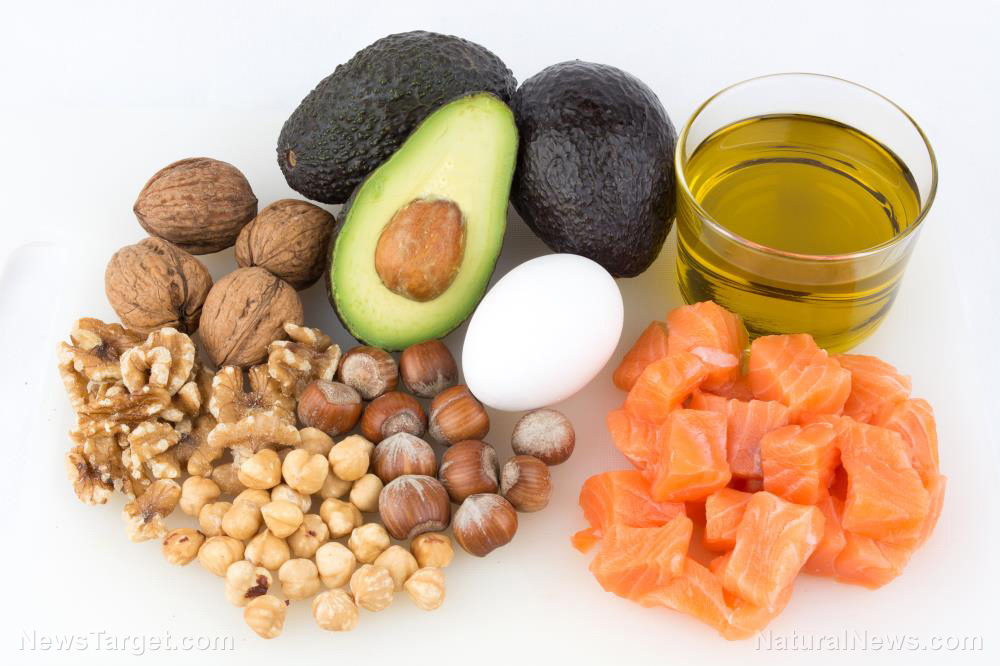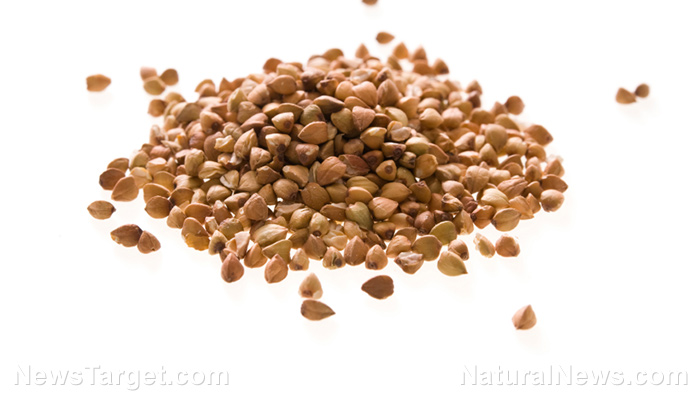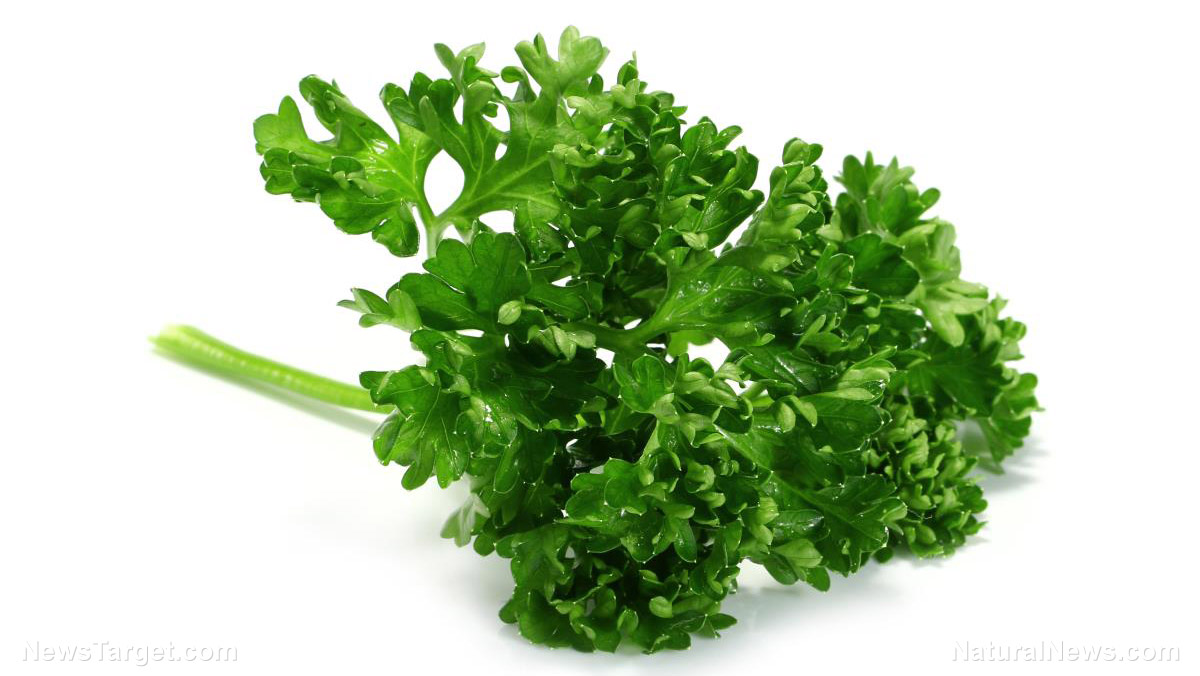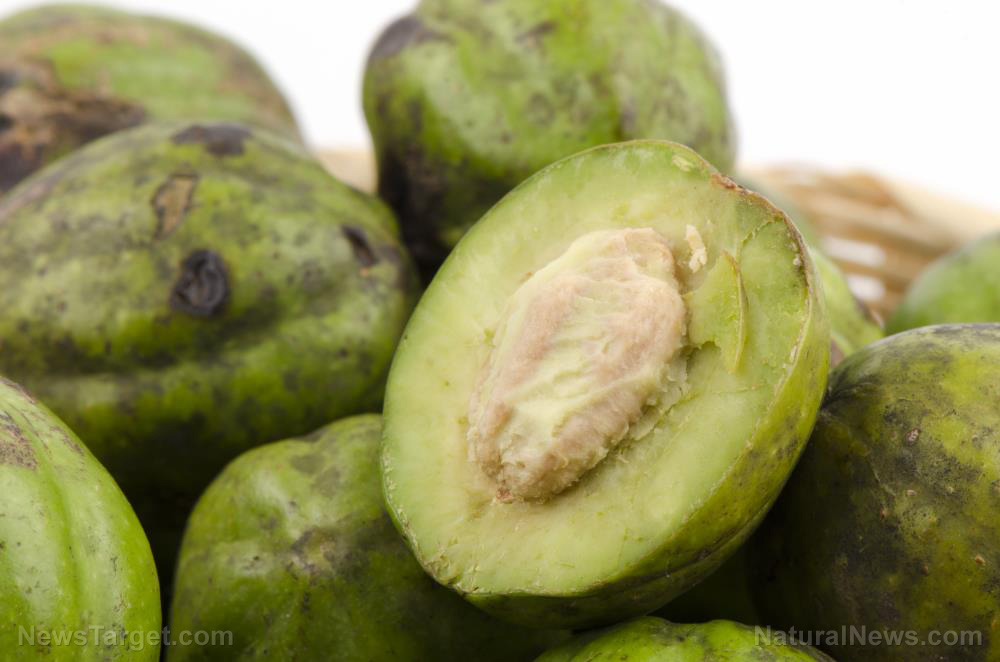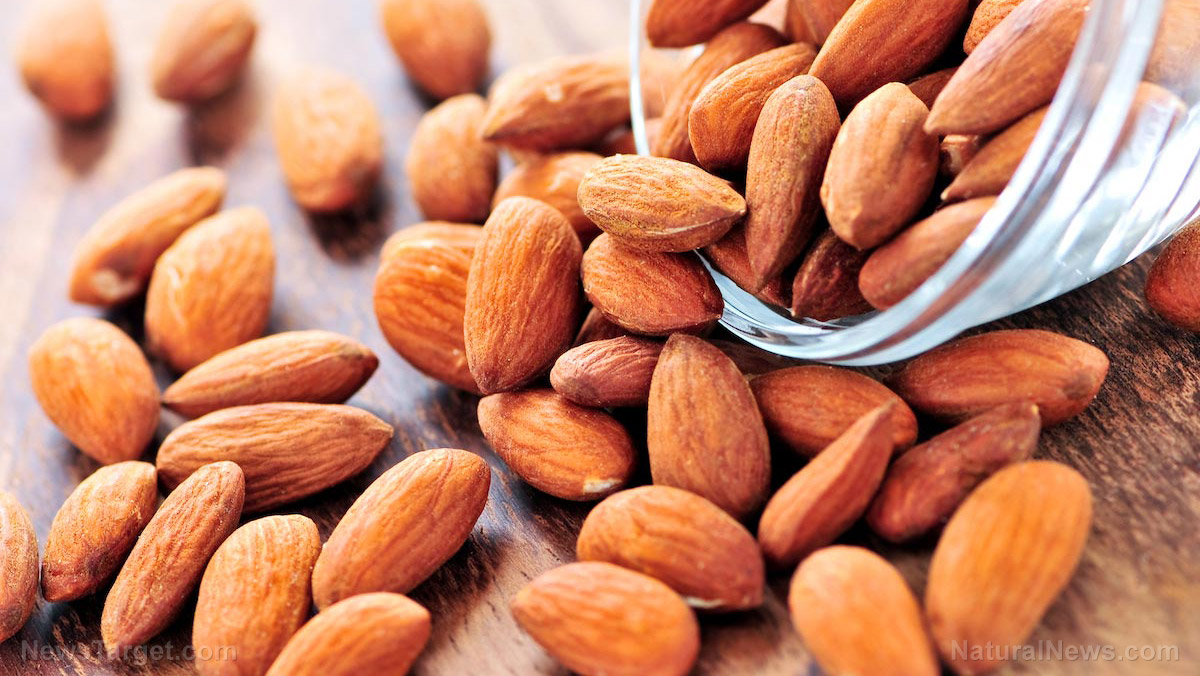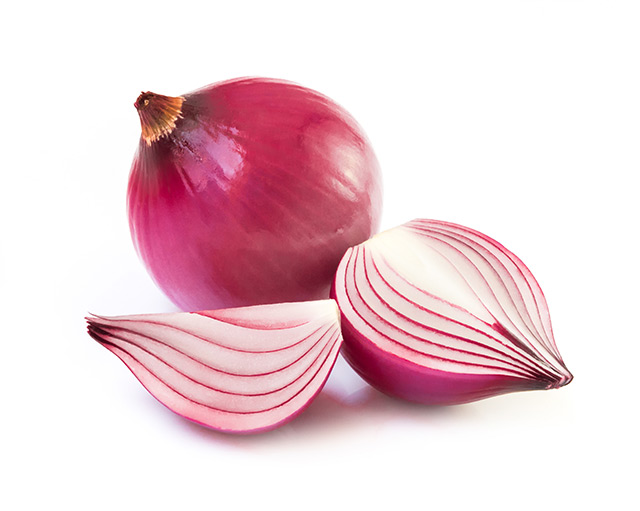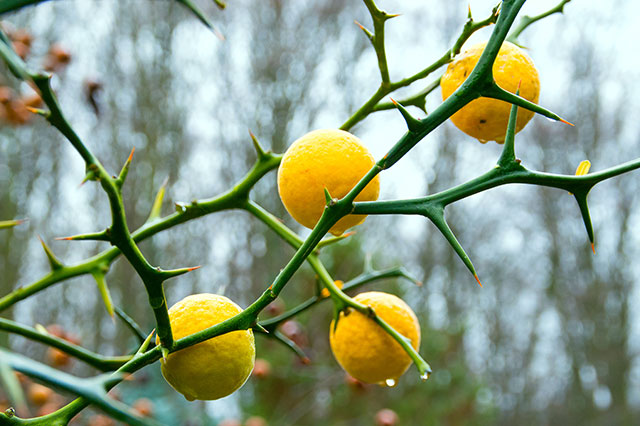Adding probiotics to your fruit salad is a delicious way to enjoy a nutrient-dense meal
11/01/2018 / By Ralph Flores
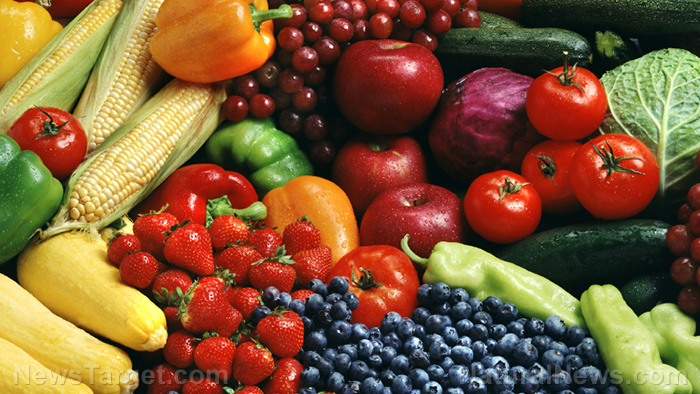
If you swear by eating fruits, you’re in luck: According to researchers from Brazil, you can add probiotics to your fruit salad to make a delicious and nutrient-packed alternative to functional foods. In their study, published in Food Science and Technology, the team investigated the potential of fruit salads to be used as carriers of the Lactobacillus rhamnosus HN001, a probiotic known to aid in treating conditions like colic, rotavirus, irritable bowel syndrome, and even traveler’s diarrhea.
The idea of adding probiotics in food isn’t exactly new: A lot of cultures have included probiotics in their food and drink, mainly because of their health benefits. Some examples include:
- Kefir – The word comes from the Turkish for “feeling good after eating,” an indication of its potent health benefits.
- Saurkraut – It’s one of the oldest traditional foods in Europe, and for good reason: It’s a great source of antioxidants and essential vitamins and minerals, aside from its probiotic content.
- Tempeh – Commonly eaten in Indonesia, it’s a popular high-protein meat substitute.
- Kimchi – Most people know it as Korea’s most popular food item, but it’s a source of L. kimchii, which aids proper digestion.
However, the idea of fruits as probiotic carriers hasn’t been fully explored. In the study, the team looked at whether fruit salads can be used, given their minimal processing, which makes them an ideal carrier.
“The development of fruit salads containing probiotic microorganisms is a viable alternative for minimally processed foods, as well as non-dairy probiotic products, considering the acceptability and practicality offered to consumers who can buy a variety of fruits ready to eat containing also the probiotic cultures of high functionality,” the researchers wrote in their report.
In the study, the team examined the physicochemical, microbiological, and sensory properties of the probiotic salad and compared with an untreated control sample. These factors were used by researchers to determine the viability of fruit salads. To determine microorganism adhesion on fruit tissues, researchers using scanning electron microscopy (SEM).
The fruit salad contained pineapples, bananas, guavas, apples, papayas, and mangoes – which were cleaned and cubed before they were mixed together in equal proportions.
Researchers found that L. rhamnosus was viable in fruit salad samples at 8.49 colony forming units per gram (CFU/g) after 120 hours, with SEM images indicating that the probiotics were protected by fruit tissues. Bananas, apples, and guavas provided higher quantities of adhesion sites, and adding L. rhamnosus did not negatively change the texture of the fruits. Compared to the control, the fruit salad that had L. rhamnosus had different pH and acidity values. In particular, ascorbic acid decreased over time but not for carotenoids. In addition, the fruit salad that contained L. rhamnosus has a lower amount of psychrotrophic microorganisms than the control sample.
Based on the results of the sensory evaluation, the probiotic fruit salad wasn’t bad: Consumers rated the salad above 7.0 on a nine-point hedonic scale, indicating that it had no significant differences in taste compared with the control.
“The fruit salads were well accepted by consumers, indicating that they are a marketable product,” the team concluded. “Moreover, probiotic fruit salad presents all the benefits provided by probiotic functional food, with the advantage that it can be consumed by everybody.” (Related: Study shows probiotics are a viable additive for fruit juices.)
Learn more about probiotics and how it’s added into food by following Food.news today.
Sources include:
Tagged Under:



